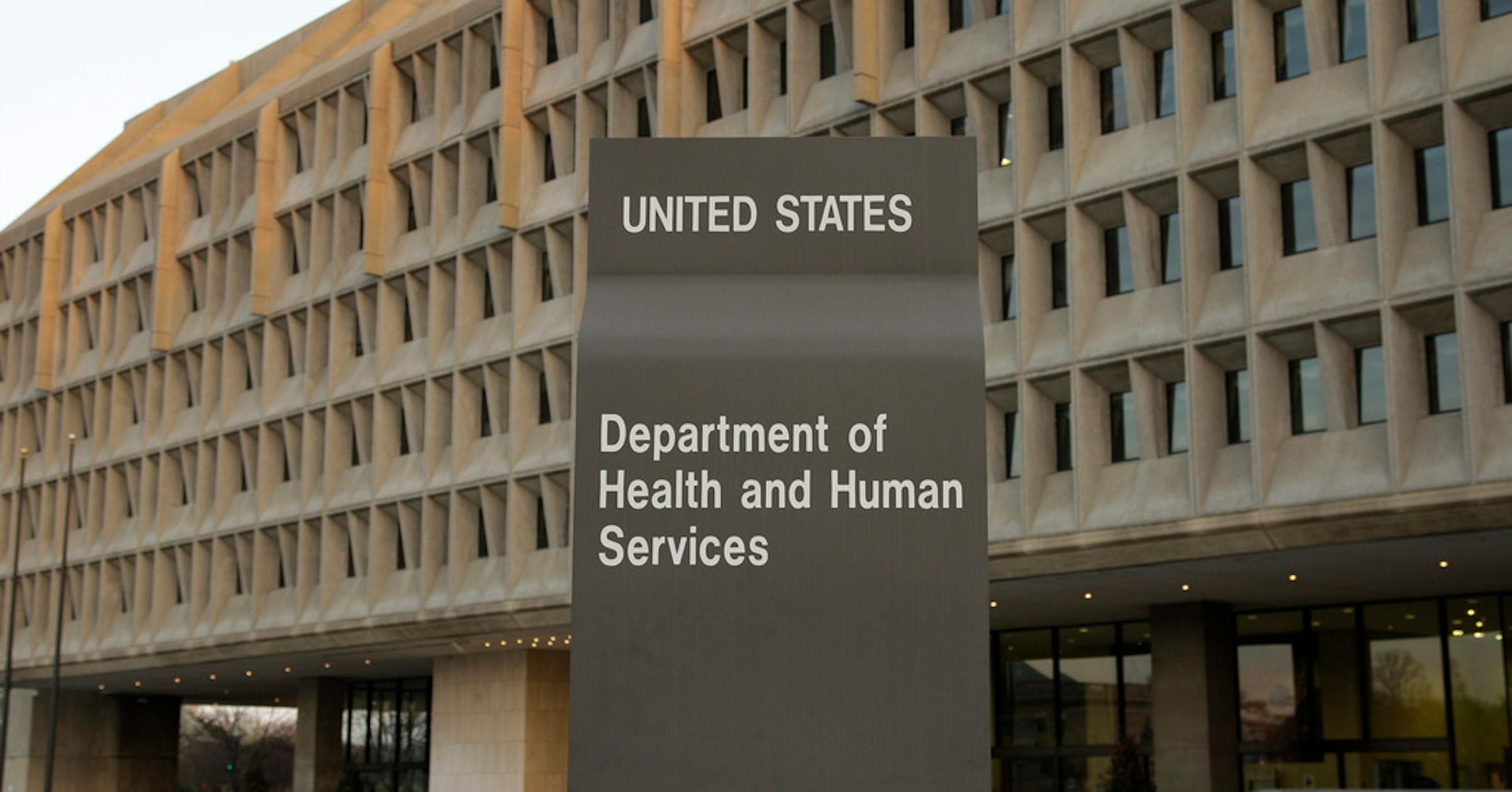Health Agency Hit Hard: Minnesota Workforce Slashed as Federal Funding Dries Up

In a controversial move, the Trump administration has slashed $11 billion in critical grants designated for COVID-19 response, raising serious concerns among state health officials about the potential impact on public health preparedness.
The significant budget cut threatens to undermine ongoing efforts to investigate and respond to emerging infectious diseases, including avian influenza. State health departments warn that these funding reductions will severely hamper their ability to conduct vital disease surveillance and rapid response protocols.
While the administration argues the funds are no longer necessary, health officials contend that the grants have been crucial in supporting broader public health infrastructure beyond just COVID-19 mitigation. The sudden withdrawal of resources could leave states vulnerable to future health emergencies, potentially compromising their ability to quickly detect and contain potential outbreaks.
The decision comes at a time when health systems are still recovering from the pandemic's strain, and experts fear these cuts could create dangerous gaps in disease monitoring and prevention capabilities across the nation.
